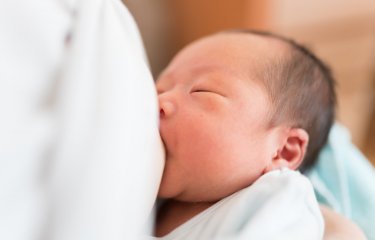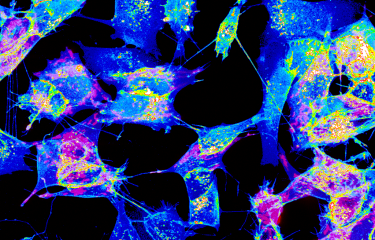Bacterial genomes generally contain a single chromosome and one or more extrachromosal elements such as plasmids. The initiation of bacterial chromosome replication must be carefully checked to ensure that chromosome duplication occurs only once per cell cycle. The bacterial pathogen responsible for cholera epidemics, Vibrio cholerae, is distinctive in that it has two chromosomes. The teams led by Didier Mazel and Romain Koszul at the Institut Pasteur, in collaboration with Ole Skovgaard of Roskilde University (Denmark), have revealed an original, energy-saving mechanism known as the "replication checkpoint" that coordinates replication of the two chromosomes with the V. cholerae cell cycle. Their findings have been published in the journal The Science Advances.
In bacteria, chromosome replication must occur once per cell cycle to ensure that the number of chromosomes in the cell remains constant. This coordination occurs at the replication initiation stage, during which multiple mechanisms control the availability and activity of DnaA, the replication initiation factor that is widespread in prokaryotes. Control of plasmid replication coordination with the cell cycle is generally less strict.
Read the entire article (in French).
Source
A checkpoint control orchestrates the replication of the two chromosomes of Vibrio cholerae, Science Advances, April 22, 2016
Marie-Eve Val1,2, Martial Marbouty2,3, Francisco de Lemos Martins1,2, Sean P. Kennedy4, Harry Kemble1,2, Michael J. Bland1,2, Christophe Possoz5, Romain Koszul2,3, Ole Skovgaard6 and Didier Mazel1,2
1. Bacterial Genome Plasticity, Department of Genomes and Genetics, Institut Pasteur, Paris 75015, France.
2. CNRS UMR 3525, Paris 75015, France.
3. Spatial Regulation of Genomes, Department of Genomes and Genetics, Institut Pasteur, Paris 75015, France.
4. Biomics Pole, CITECH, Institut Pasteur, Paris 75015, France.
5. Department of Genome Biology, Institute of Integrative Biology of the Cell (I2BC), Paris-Sud University, CEA, CNRS, Gif-sur-Yvette 91190, France.
6. Department of Science, Systems and Models, Roskilde University, Roskilde DK-4000, Denmark.
Mis à jour le 28/04/2016









